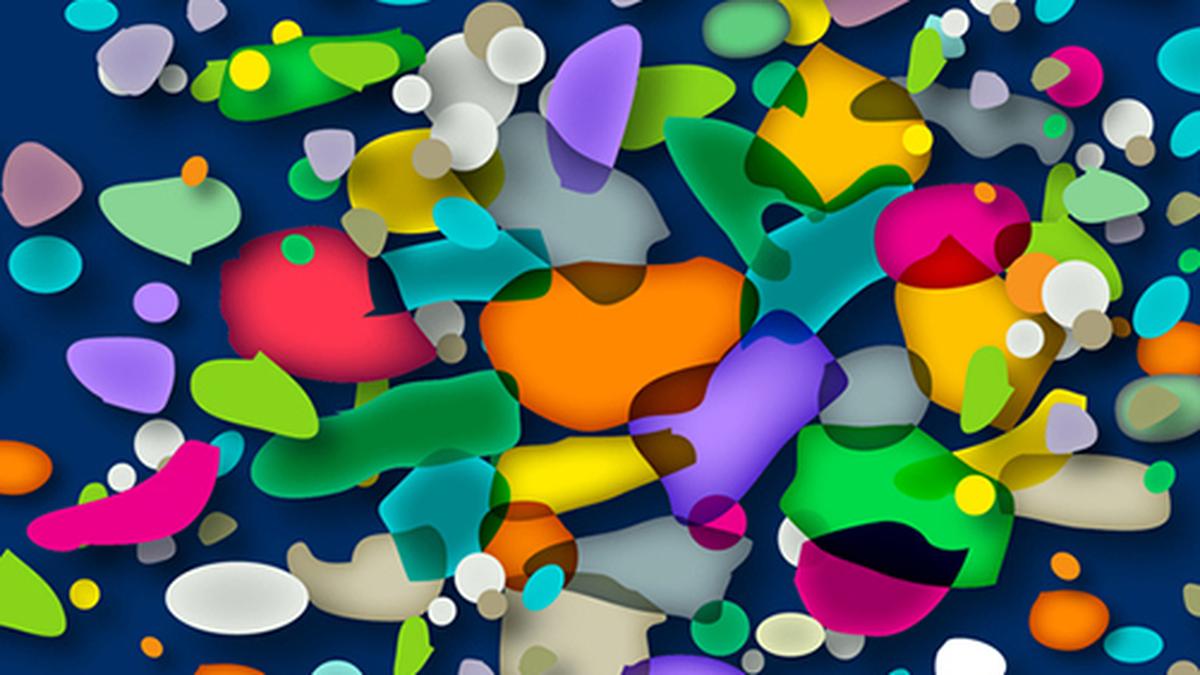Microplastics were first reported in 2004, and the harmful effects on living organisms have echoed in conversations.
| Photo Credit: Getty Images/iStockphoto
Annie Leonard, former executive director of Greenpeace of the U.S., once said, “There is no such thing as ‘away’. When we throw anything away, it must go somewhere.” Large piles of plastic trash are not the only hazard in contemporary times, microplastics have appeared as another deathtrap. Microplastics were first reported in 2004, and the harmful effects on living organisms have echoed in conversations recently.
Researchers at the National Institutes of Health in the U.S. have highlighted that “10 million metric tons of plastic waste and microplastics — minute plastic fragments smaller than five mm in dimension — go into water bodies each year and, if the same continues, the total amount of plastic waste immersed in the world’s oceans will be around 150 million tons by 2025.’ Plastic contributes to 85% of all marine waste and is on the path to triple by 2040, adding 23-37 million metric tons of waste into the ocean annually.
Plastic has become an essential part of our lives, to the extent that its toxic character is tucked away under our veil of ignorance. Microplastics come from two major sources: primary plastic waste disposed of in the environment and secondary derivatives driven by physical, chemical, or biological forces. The same disrupts the food chain. Humans have been taking in microplastics not just through ingestion via seafood, table salt, and drinking water but also through inhalation. These ingested particles may lead to oxidative stress, metabolic disorder, immune response, neurotoxicity, as well as reproductive and developmental problems. According to a study at the University of Hull in the U.K., high amounts of ingested microplastics may also cause cell damage, which could lead to inflammation and allergic reactions.
Apart from harming human beings, microplastics are hugely impacting the animal kingdom. Recent studies suggest that the largest marine mammal, i.e., the blue whale, ingests up to 10 million (approx. 45 kg) microplastics daily. Microplastics are life-threatening to terrestrial animals, ranging from bovines to mites, nematodes, mice, rats, small birds, and earthworms. Studies spotlight that microplastics have been detected in the kidneys, liver, lungs, spleen, heart, ovaries, testes, and intestines of animals. This resulted in biochemical and structural damage with noticeable dysfunction of the intestine, liver, and excretory and reproductive systems.
Multiple international conventions have been put in place to curb the dumping of plastic waste in the sea, such as the London Convention of 1972 and the International Convention for the Prevention of Pollution from Ships (MARPOL) of 1973. But the same action must be promoted at grassroot levels. Plastic is leaving a terrible legacy behind as it lasts longer than it is used. The environment has no curative capabilities left and it is high time we stop using and producing plastic.
The 360-degree tactic based on the ‘3Rs’ — Reduce, Reuse, and Recycle — is no longer enough and has become primitive. The world has reached the stage to add two more important ‘Rs’ to tackle and eliminate plastic waste — Restrict and Remove. Restrictions on the use of plastic items must be introduced through a blanket ban backed with pecuniary punishments upon violation. Moreover, the removal of plastic through scientific disposal techniques is vital to fulfilling the commitment to wildlife protection and a sustainable environment. Government programmes and judicial pronouncements combined with awareness and social sensitivity, coupled with deterrents, can bring about positive change.
Published – April 20, 2025 02:41 am IST
